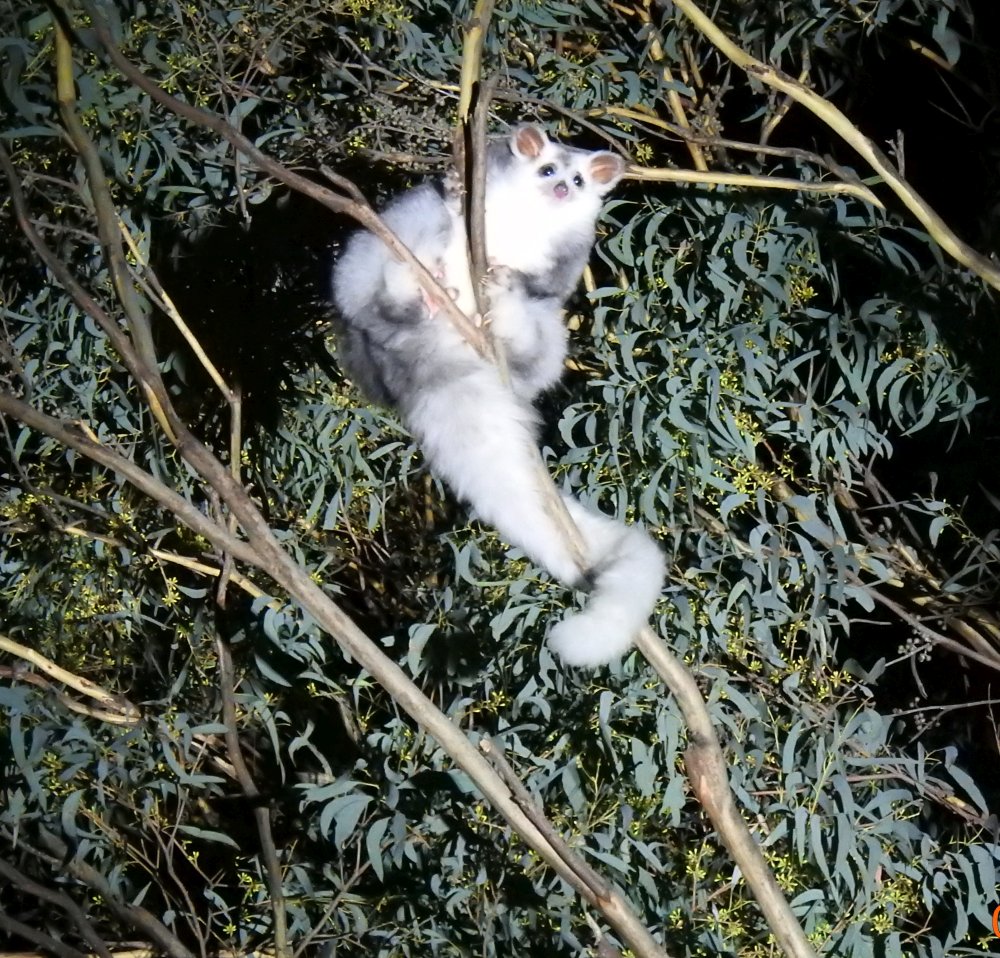The primary objectives of Forest Fire Management Victoria’s (FFMVic) fuel management program is to minimise the impact of major bushfires on human life and other values – including the environment, as well as maintaining or improving the resilience of natural ecosystems. FFMVic implements a fire monitoring program to support continuous improvement and measure the effectiveness of fuel management strategies to achieve these objectives.
FFMVic’s fuel management processes are designed to consider forest values and how they can be protected through strategic planning and the way we operationally deliver any fuel management activities. One species that FFMVic focusses on protecting and monitoring is the Greater Glider Petauroides volans.
Found along the east coast of mainland Australia, the Greater Glider is Australia’s largest gliding mammal. Within Victoria, Greater Gliders are distributed throughout forested parts of eastern Victoria, including inland and southern falls of the Great Dividing Range. This once common species has experienced a national decline and is listed as Vulnerable under the Federal Environment Protection and Biodiversity Conservation Act 1999 and as threatened under the Victorian Flora and Fauna Guarantee Act in 2017. This species is strongly forest dependent, requiring large old trees that contain suitable hollows for shelter and nesting. Given these dependencies, habitat loss and fragmentation through bushfires pose a threat to Greater Gliders.
Monitoring undertaken through the Victorian Bushfire Monitoring Program aims to assess the response of Greater Gliders to fire and fuel management activities. The objective is to ensure management practices are carried out in a way that best conserves Greater Gliders, while also achieving the necessary risk reductions for protecting human life and property.
Greater Glider monitoring is undertaken in Grampians, Port Phillip and Hume Regions.
In the 2018–19 season, as part of the planned burn program in the Hume Region, FFMVic staff refined and extended their Greater Glider monitoring program to include several burns within the Toomballup Ranges. The before and after monitoring sought to quantify the abundance of gliders and presence of their critically important hollow-bearing tree habitat. Greater Gliders were detected within burn units, in areas considered suitable habitat. The burn areas were subject to fuel treatment however, the survey areas remained unburnt. The FFMVic Hume team is continuing to work actively with internal biodiversity staff and research institutions to continue undertaking meaningful research into the impact of fire on key species and improving management techniques.
In Port Phillip region, in addition to monitoring Greater Gliders before and after planned burning, there have undertaken follow up surveys at sites that were impacted by bushfires. Here, Greater Gliders have been observed at all sites post-planned burning and post-bushfire. These data have helped improve our knowledge of the response of this species to bushfire and planned burning and can be used to plan future survey work.
The FFMVic team in the Grampians region focused their monitoring on the population around the Wombat State Forest.
“The Greater Gliders in the Wombat are at the western edge of their range in Victoria. They’re a very significant population, but we don't know a lot about them in terms of their numbers and their distribution in the Wombat,” the Grampians Deputy Chief Fire Officer explained.
A high-priority burn conducted to reduce bushfire risk for the adjacent Blackwood township occurred in Greater Glider habitat. Monitoring was conducted before and after the burn which found the number of gliders remained the same. The Grampians Deputy Chief Fire Officer attributes this to the lighting pattern that was used to limit the impact on hollow bearing trees and canopy scorch.
Conserving the Greater Glider requires a collaborative approach as demonstrated by the monitoring program being implemented under the Victorian Bushfire Monitoring Program. You can read more about the work to protect this species by visiting the Greater Glider Action Statement.

Page last updated: 23/12/20